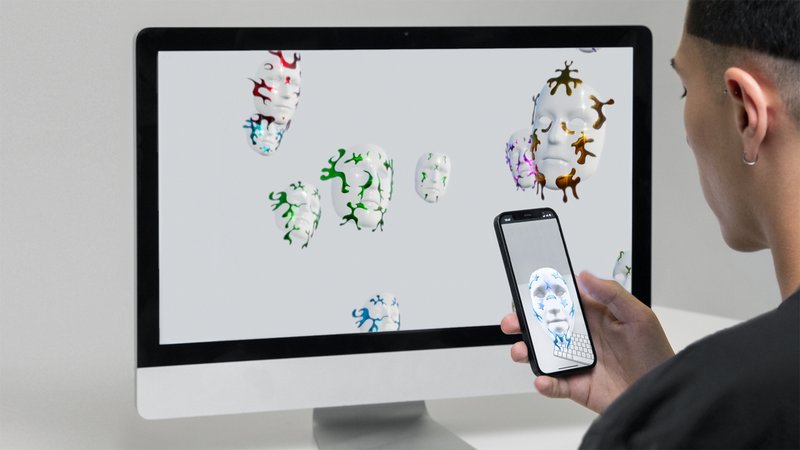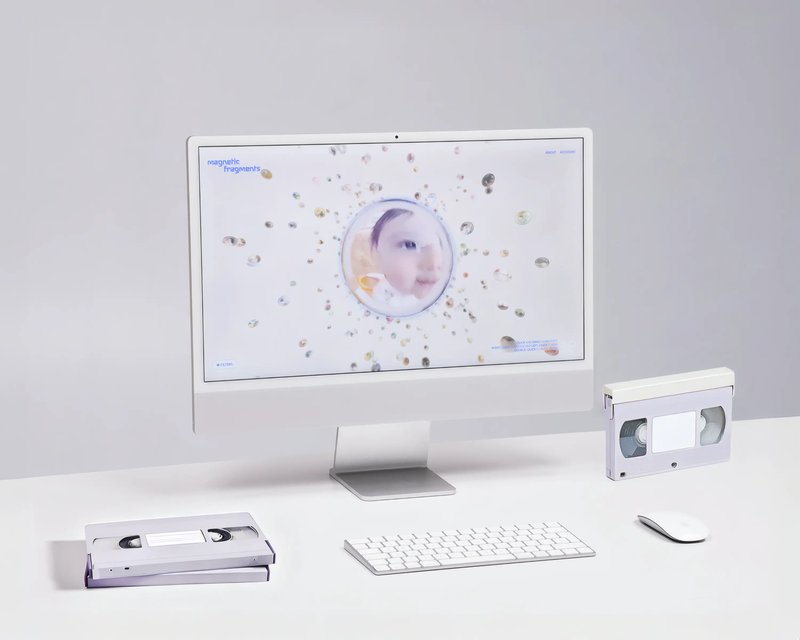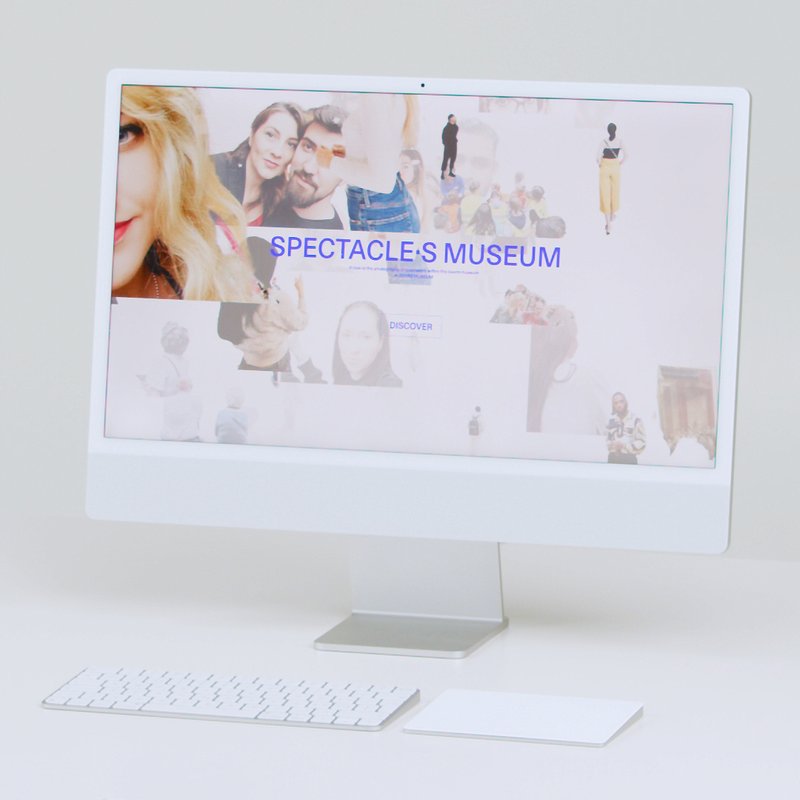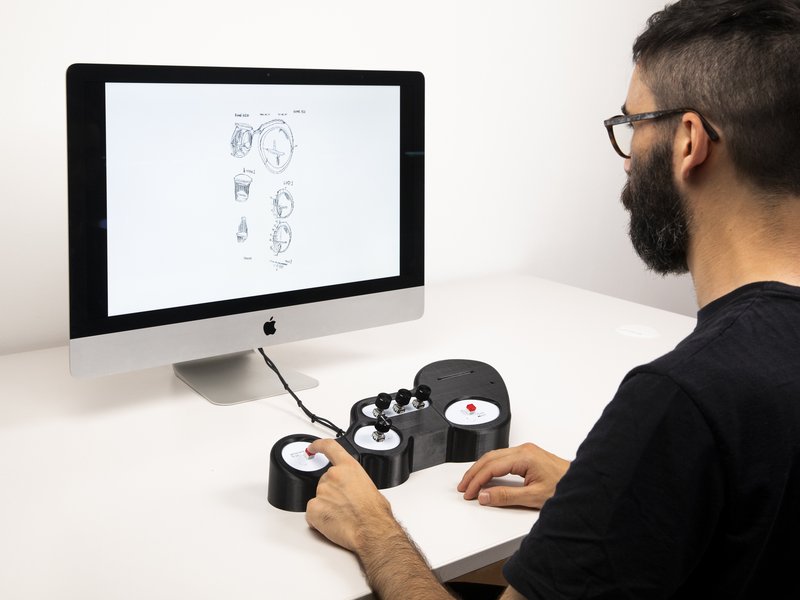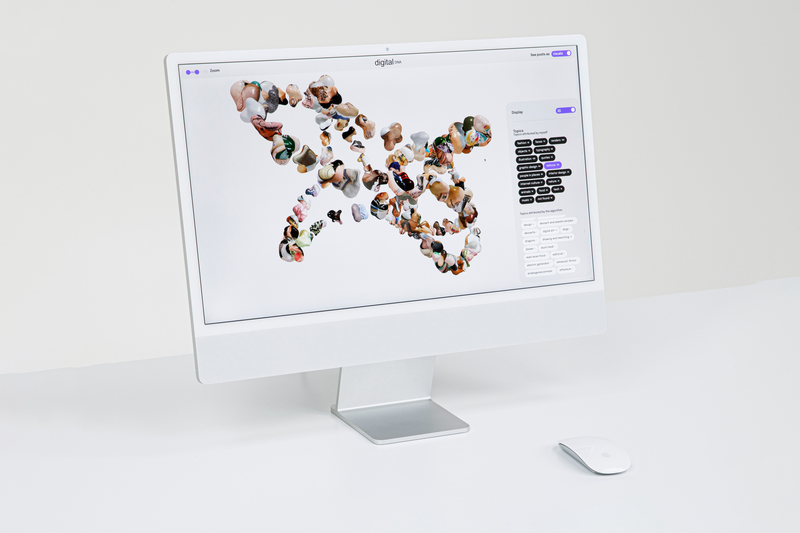
BA MEDIA & INTERACTION DESIGN
Elodie Anglade – Digital DNA
with Alain Bellet, Christophe Guignard, Gaël Hugo, Laura Nieder, Pauline Saglio
Digital DNA is a 3D data visualisation platform that displays an analysis of the content that is shown to me on Instagram. The interface compares the duality of my perception with that of the algorithm. It results in a virtual space representing a digital genome that visitors are invited to explore in order to discover the subtleties of the intersection between human and algorithmic perspectives. While studying these “smart” systems, I became aware that their ability to analyse is somewhat biased. Some of the categories I was assigned were unexpected and did not match the visuals presented. In this way, Digital DNA highlights the gap created by this contrast between the categories and the visuals that are displayed. Try it here




